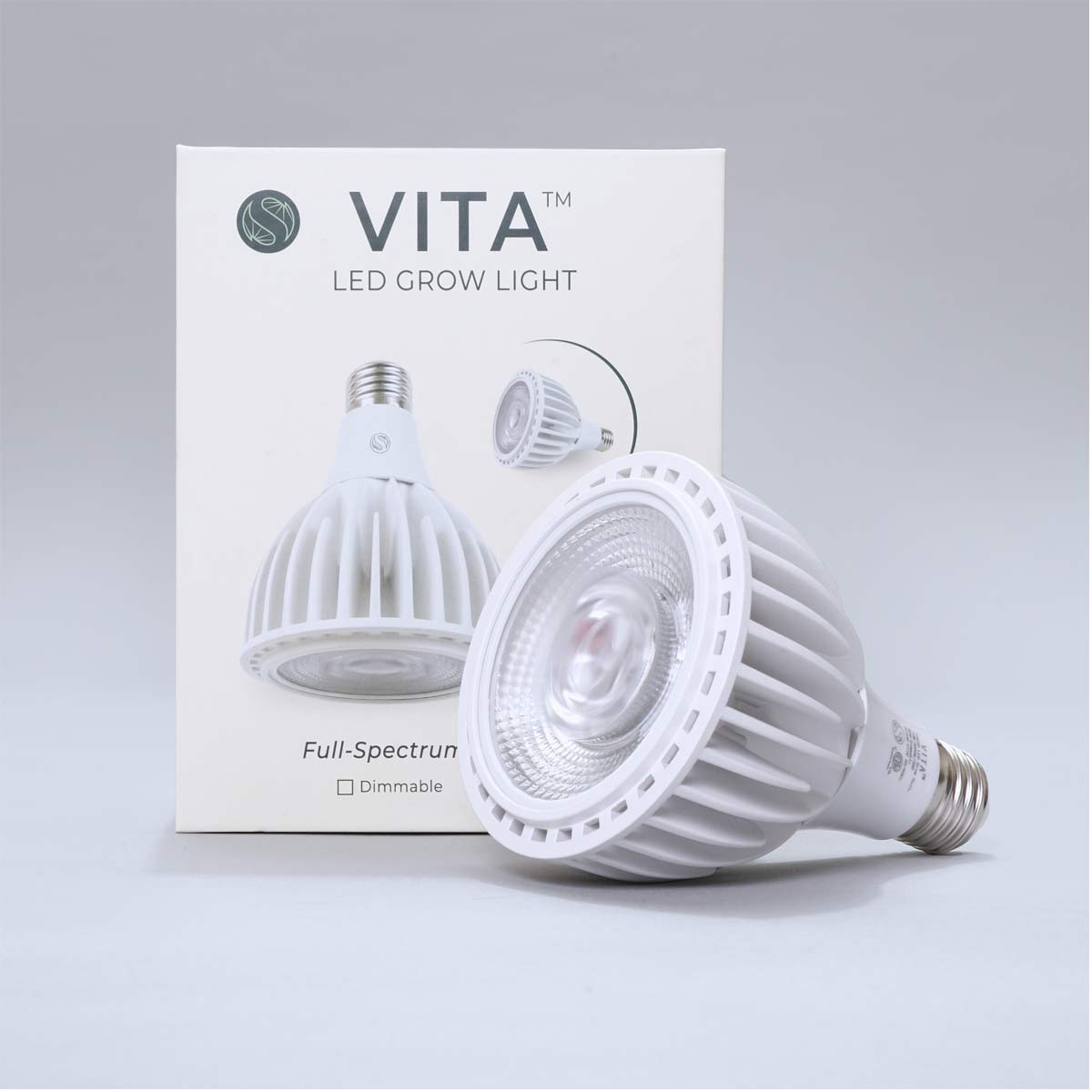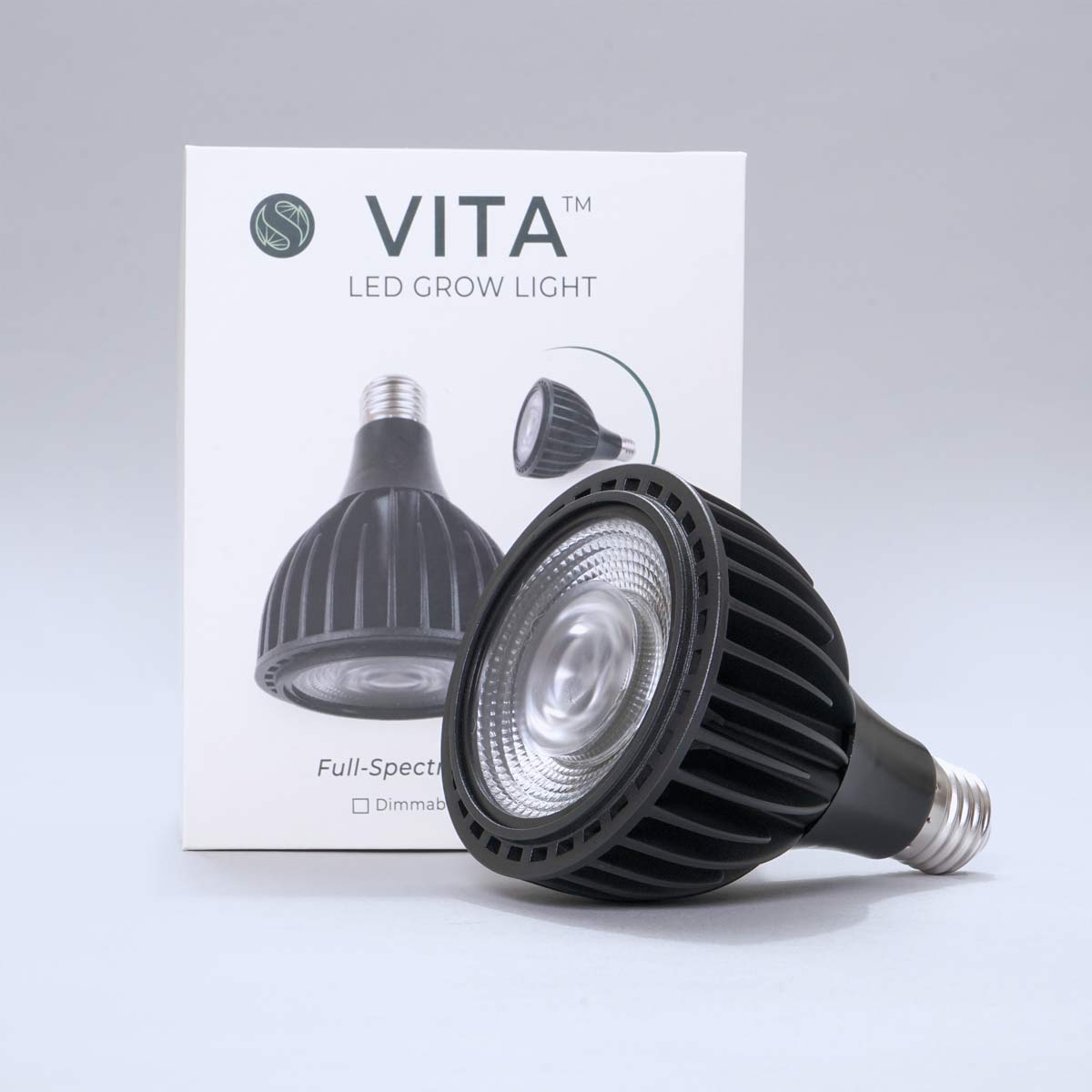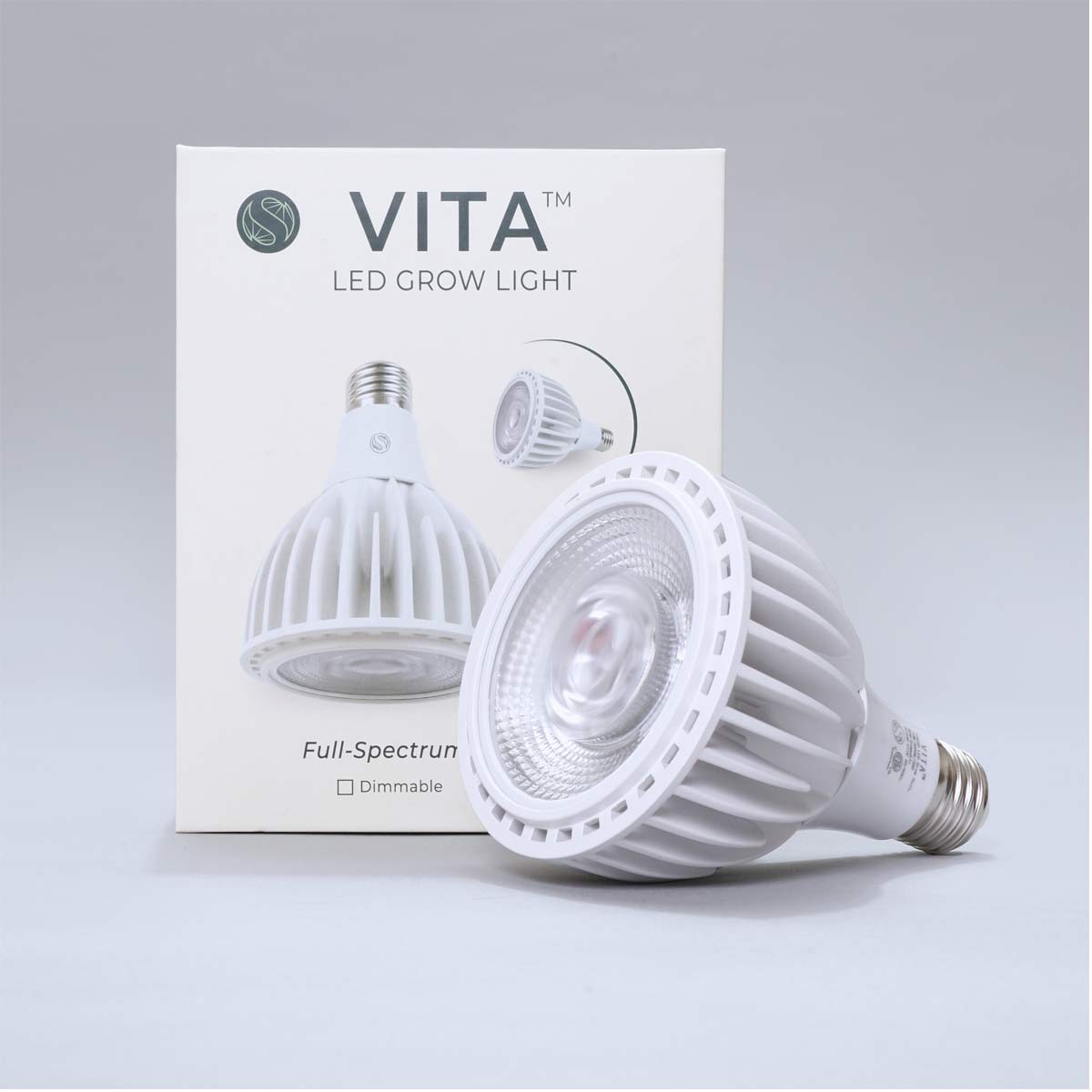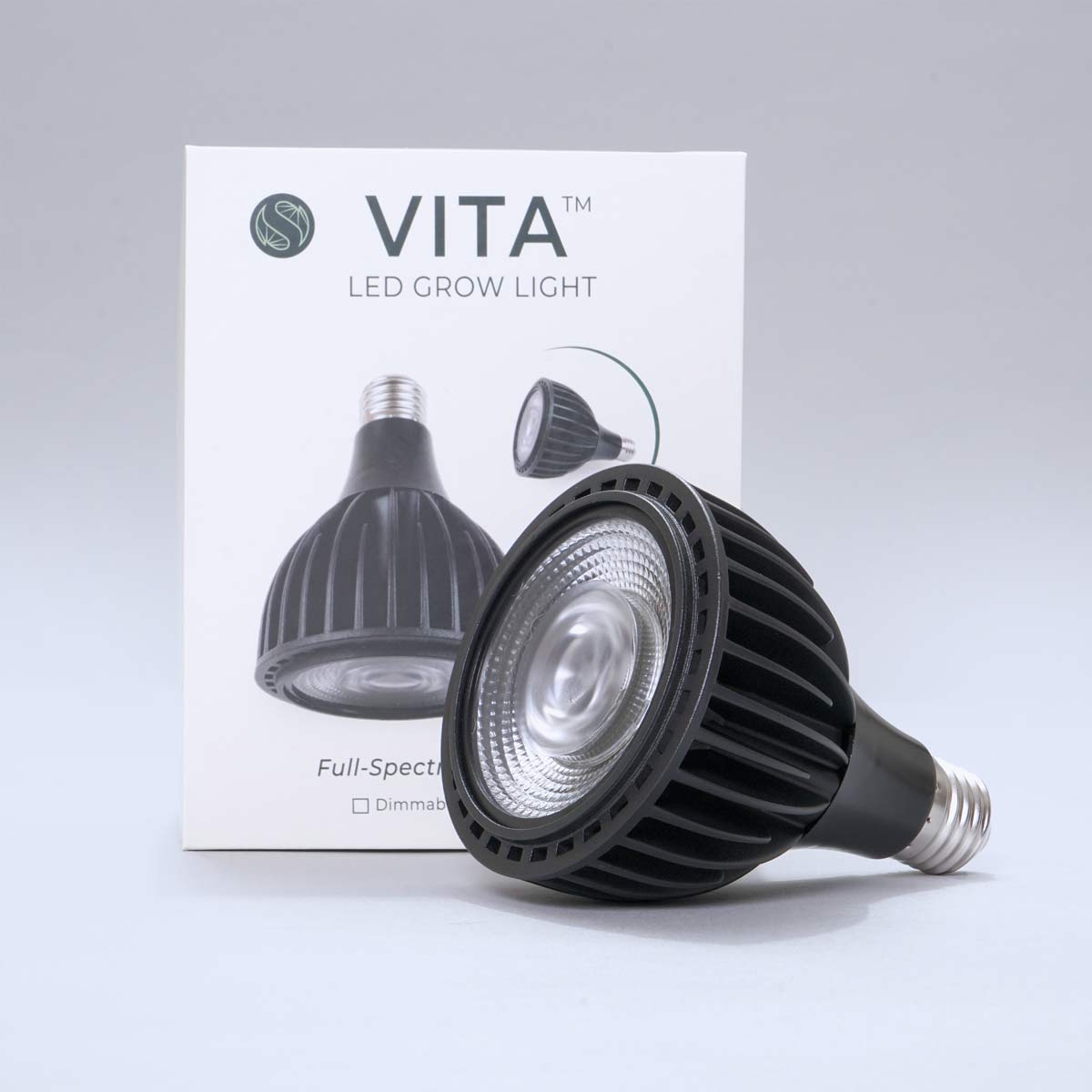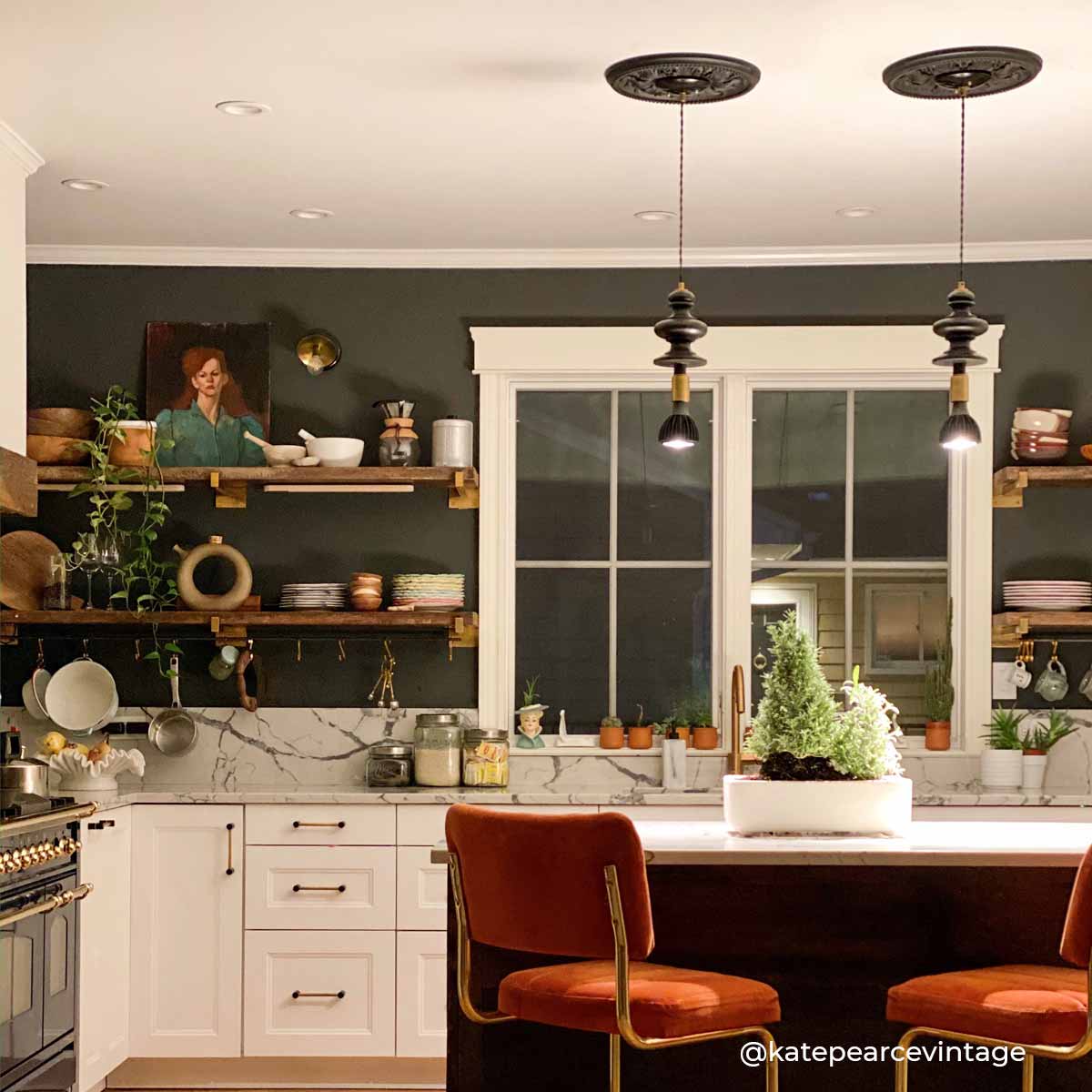Succulents and cacti can be some of the easiest plants for a first-time plant owner. They are incredibly drought resistant, don’t require much in terms of fertilization, and will grow in a variety of different soil mediums. Despite this hardy resilience, it is not uncommon for people to kill their first cactus or succulent they own. Contrary to what you may think, it isn’t due to negligence that one might kill their first succulent, it’s a matter of caring too much. Let’s take a look at the key aspects of succulent care:
-
Soil
Succulents will thrive best in a well-draining, breathable soil. Standard potting soils that you would use for most house plants are heavier and meant to retain moisture. This is great for a heart-leaf pothos, but not so much for a haworthia like the one pictured above. If you want the easiest option, a pre-made cactus / succulent soil mix will work great. However, if you are a more experienced plant owner or merely looking for the cheapest option, making your own succulent soil mix is easy and your succulents will thank you. My go-to mix is comprised of three ingredients:
-
Sand (two parts)
-
Potting soil (two parts)
-
Perilite / Pumice (one part)
This composition is what I have used in my succulents for years and they seem to love it. You may find suggestions elsewhere that use materials like coconut coir, bark, turface, etc. These may work great but none of these materials can be found at your average lawn & garden or hardware store, and they are much more expensive than the three simple ingredients I listed.
-
Watering
Before we discuss succulent watering frequency, it is worth noting that a succulent should be potted in a container with drainage holes. All succulents sold by Chicago Plants will come in properly draining pots, but some decorative containers that you will find online that look great will not give your new succulent the best life.
The reason I preface this discussion with that note is so we can better understand how to water your succulent. As mentioned earlier, succulents are very drought resistance - they actually hold water within the plant, similar to a camel and their hump. Succulents originate from the desert and have evolved to survive accordingly. Overwatering a succulent is probably the most common reason that succulents will meet an untimely death.
The rule of thumb to know when your succulent is ready for a drink is to actually feel the soil and wait for it to completely dry out. It will depend on how large your plant and pot is, but for a medium sized succulent in a four-inch diameter pot, when the top inch of soil is completely dry, get your watering can.
Now, this is where the importance of the drainage holes comes in. Succulents prefer infrequent, heavier waterings to frequent little sips. Again, think back to the desert - southern Arizona doesn’t see much rain in the summer, but when they do, it monsoons. The plants drink all of that yummy rain up and store it for the next few months until the next monsoon hits. Succulents are no different. Once your soil is dry, water enough that it flows from the pot’s drainage holes. This will also help with your succulent developing deep root systems in the pot.
Lastly, seasonality needs to be considered when determining when to water your succulent. In the northern hemisphere, succulents will start growing in late-March / April and will begin their dormant phase by October. During the growing months, your succulent will actively be growing and will require more water. During the dormancy period over the winter months, however, succulents will not require as much water.
-
Sunlight
With all the desert talk, it should come as no surprise that most succulents love the sun. Succulents require at least six-hours of sunlight during the day to grow and cycle between the growing and dormancy periods I mentioned. The ideal place for a succulent is a south-facing window which will provide 12+ hours of bright, direct and indirect sunlight to your succulent.
After owning your succulent for enough time, you will notice it may start leaning towards the direction of the sunlight that is hitting it. This is completely normal for your plant. If you would like to maintain the upright posture of your succulent, just rotate it 90 degrees in the same direction every time you water it.
-
Fertilization
As previously mentioned, succulents do not require much fertilizer to thrive. However, for certain succulent varieties that can flower, they may need a little boost. Fertilization is one area for succulents that is not uniform across succulent varieties. Therefore if you are not sure what kind of succulent you have, fertilize once in the spring (as it enters its growing phase) and that’s it for the year.
FAQ’s
-
Why are my succulent’s leaves yellowing / losing color?
-
This is usually a sign of over-watering. Make sure to wait until the soil is completely dried out before watering again.
-
-
I received a succulent arrangement as a gift and it’s in a pot without drainage holes - what should I do?
-
Succulent arrangements are popular gifts and oftentimes they come in pots or containers that are not created to provide your succulent a long, healthy life. A crowded succulent arrangement that is in a decorative container without drainage holes should be deconstructed and the succulents should be repotted as soon as possible. See above for soil to use when repotting.
-
-
My succulent has been the same size for over a year now, although it looks otherwise healthy - what’s going on?
-
This usually indicates that your succulent is not receiving enough sunlight. At a minimum, it should receive six-hours of bright, indirect light each day. Your succulent might be a great accent in your windowless bathroom, but it really belongs on a windowsill or a well-lit kitchen / living room.
-


